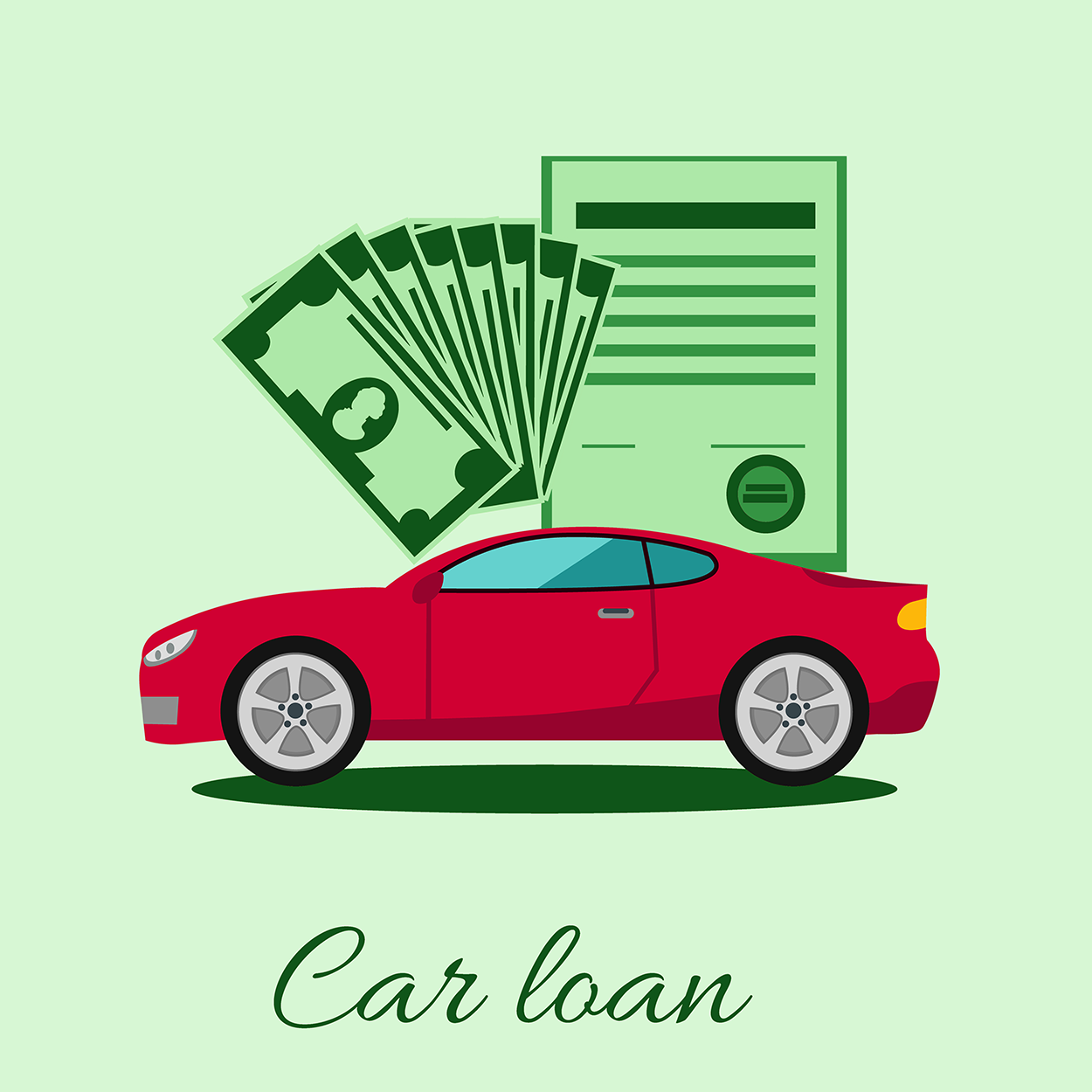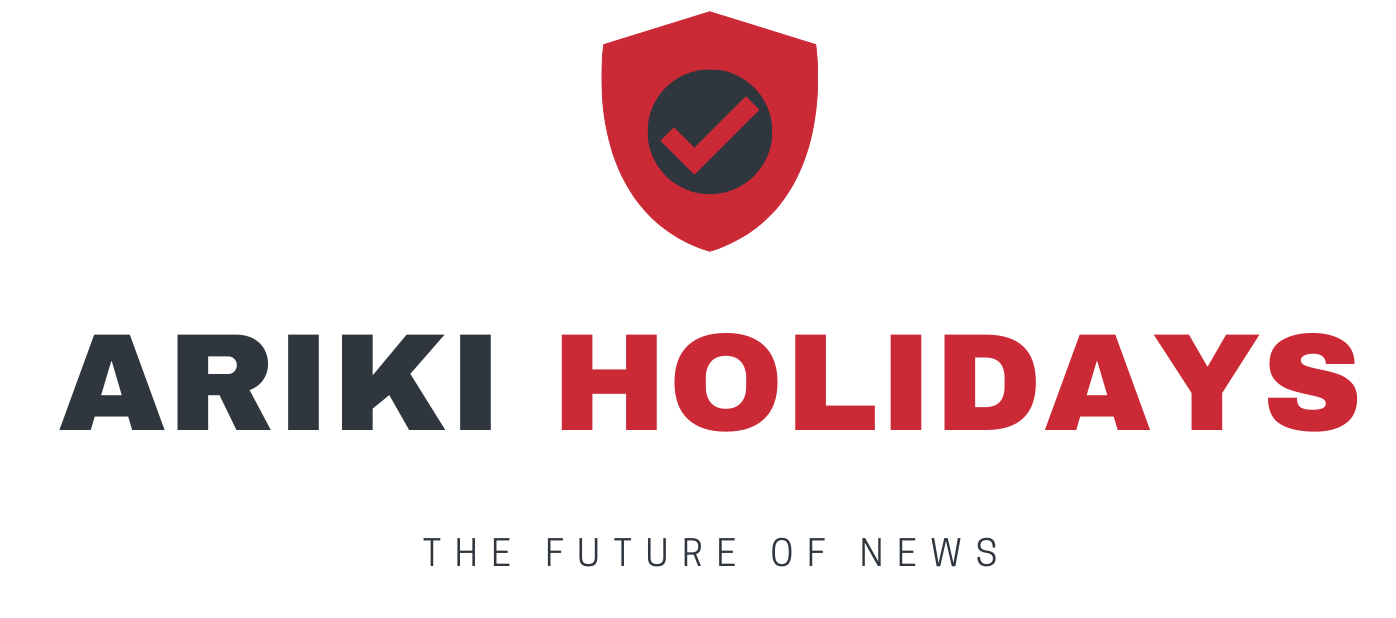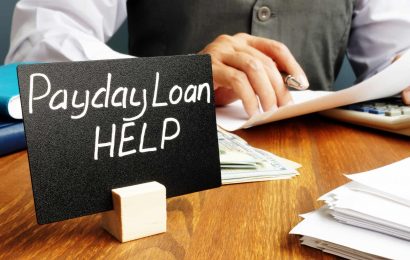As many Americans struggle under the weight of mounting debt, financial experts agree it is time for a change. This can be the year that you finally get out of debt, and start living the life you want. No matter how difficult the journey, imagine ending each day know that you are one day closer to your goal. While there is no one size fits all solution for reducing debt, there are several options which can help you get started. No matter which method you prefer, the first step is the same: Start today!
If you want to take Loan for car bad credit score, then there are some secrets that you need to know. It is reducing the struggle for the individuals who have bad credit score. They have to get complete information about it to have success in the availability of car loan.

One way to approach debt reduction comes from financial expert Dave Ramsey. His advice is to begin by first building up a small emergency fund. The argument here is that by initially putting away $1000 in a savings or money market account, you can break the cycle of relying on credit cards to pay for emergencies. As you begin paying down your debt, one unexpected car repair or medical bill doesnt put you right back where you started. Ramsey recommends saving your income tax return or a bonus from work as a quick and easy way to establish this emergency fund.
After your emergency fund is in place, focus your full attention on eliminating debt. Make a comprehensive list of all of your debt, including all medical bills, student loans, and money borrowed from friends and family”everything, except your mortgage. Then, begin by paying off the smallest balances first.
This will give you small rewards quickly, and help keep you motivated. Once one balance is paid off, move on to the next debt. This may take a while, depending on the amount of debt, your income, and your level of dedication, but living debt free is definitely worth it. Keeping focus and momentum is paramount to your success with this plan.
The next approach is taught by Suze Orman, who skips the emergency fund, pointing out that your money is only making 2% in a savings account, and is much better spent when applied to high interest credit card debt. Orman’s approach gets straight to the point: Pay off your debt, and pay it off fast.
Begin by fully understanding what you owe, and make your list of all debt, and the interest rate you are paying. Next, look at your budget, and determine what you can afford to pay toward your debt each month. Dont forget to include what you are already paying in minimum payments. Now add up the payments on all of your debt, adding ten dollars to each payment. If there is any surplus between what you owe, and what you can afford, apply the difference to the payment with the highest interest rate. Continue to pay toward all of your debt at once, applying any extra income toward your debt until you are ultimately debt free.
The third approach is to prioritize your list of debts by their interest rate, paying off the debt with the highest interest rate first. Continue to make payments on all of your debt, applying any extra income to the debt with the highest interest rate. Continue until this debt is paid off, then take the full amount of that payment, and apply it to the next highest interest rate, and so on until all of your debt is eliminated.
The argument here is that the higher interest rate debt is costing you more in the long run, so it makes sense to pay that off first.









